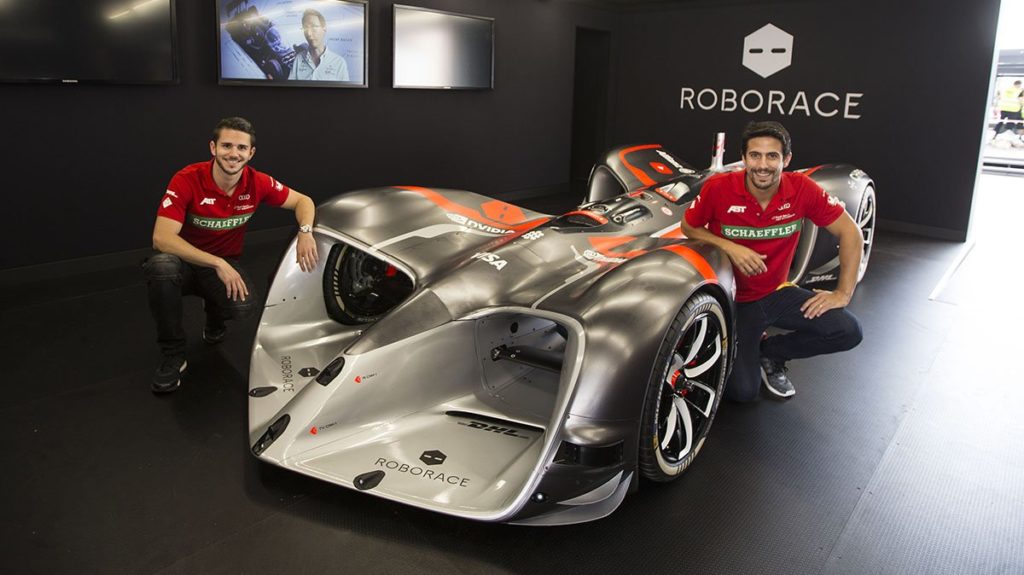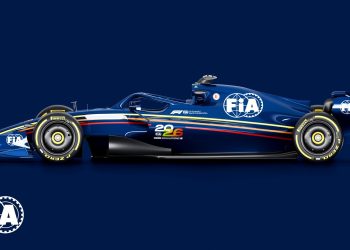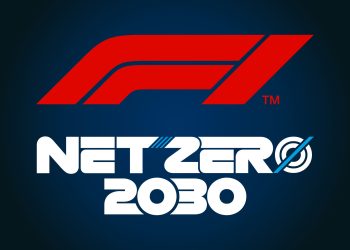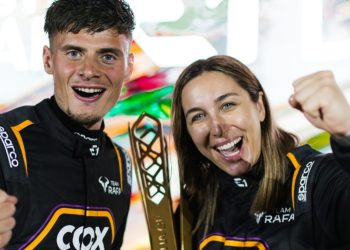Autonomous car racing will hit the tracks in the next few years to open the debate on whether they will be faster than those driven by a driver.
To compare the performance between a driverless racing car and the same vehicle commanded by a driver, start-up Arrival conducted a test with Brazilian Lucas di Grassi.
Arrival is a company linked to Roborace, a driverless vehicle championship that plans to develop shortly before each competition in Formula E, the electric car category.
Related content: SIT Automous predict a great future for the Roborace
This firm has long been using DevBot 2.0, the Roborace car, to improve the handling algorithm of its vehicles. This allows you to test autonomous software prior to introducing it to street models. In addition, in this framework, they worked together with the Brazilian pilot to test whether artificial intelligence is superior to the performance of a human.
Di Grassi explained that Arrival tests an autonomous driving system for the road cars of the future. Also, he does it under different conditions, in order to check if the Robocar software can be applied to the commercial range.
To put the intelligence of the autonomous car to the test, they did a very simple test: first, the pilot went out onto the track without knowing the layout, with the obligation to learn it as he went. When finished, the same car turned on the same circuit, but without a driver.
Who won the race?
The result was overwhelming: Lucas di Grassi was much faster than the autonomous vehicle at the time of understanding the real conditions of the circuit and adapting its condition to the circumstances that were put in front of him.
For now, the human brain is ahead of technology in quickly understanding what is the ideal trace to take a curve, in which sector go faster and how to react to possible unforeseen events.
It is not the first time that such a test has been carried out. In 2017, the Roborace organization prepared a duel between an autonomous vehicle and a journalist named Nicki Shield (she was covering Formula E at the time). She set a time of 1: 26.6 on her best lap at the Hong Kong track. Minutes later, the same vehicle turned on autopilot and the best lap was 1: 34.0, 7.4 seconds slower.
Written by I Jhonattan González




















